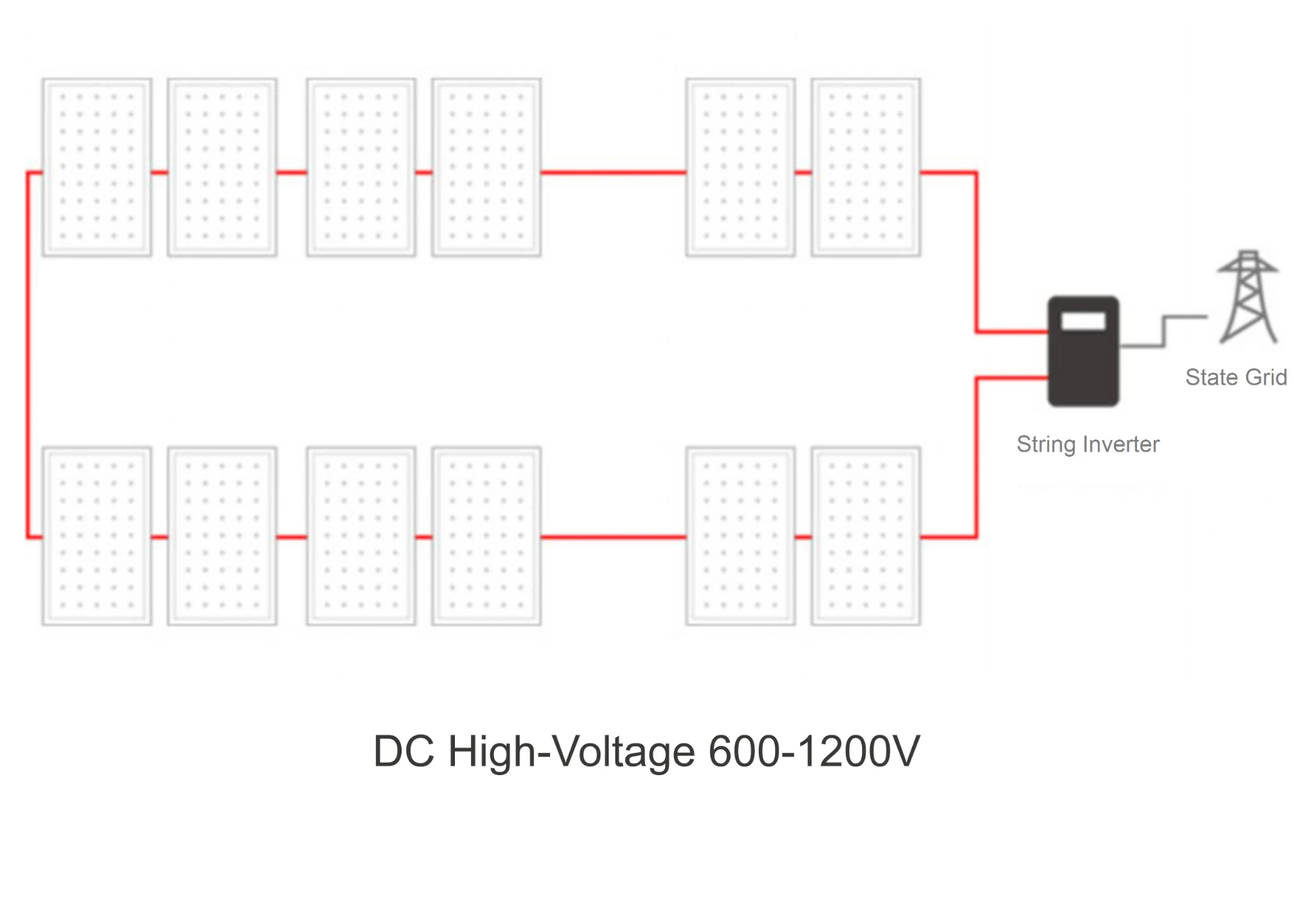Theoretical Efficiency Potential of Solar Panels in Harnessing Solar Energy
Theoretical Efficiency of Solar Panels
Solar energy is one of the most promising renewable energy sources available today. It harnesses sunlight, which is abundant and free, to produce electricity. However, the effectiveness of solar panels, which convert sunlight into electrical energy, is often measured by their efficiency. Theoretical efficiency refers to the maximum possible efficiency that a solar panel can achieve under ideal conditions, and understanding this concept is essential for optimizing solar energy technologies.
The theoretical efficiency of solar panels is grounded in the principles of physics, specifically the laws of thermodynamics and quantum mechanics. At the heart of every solar panel are photovoltaic (PV) cells, primarily made from silicon. The theoretical efficiency of a solar cell can be described using the Shockley-Queisser Limit, which is approximately 33.7% for a single-junction silicon solar cell under standard test conditions. This limit is based on the spectrum of sunlight and the energy bandgap of silicon, determining how effectively the material can convert light into electricity.
To break down this concept further, it’s important to consider how solar cells operate. When photons from sunlight strike a solar cell, they can transfer their energy to electrons in the cell's semiconductor material. If the energy of the incoming photon exceeds the bandgap energy of the semiconductor, an electron can be knocked free, generating an electric current. However, not all photons possess an energy level that can free an electron, and some energy is inevitably lost as heat. Therefore, the challenge lies in maximizing the number of photons that can be effectively converted into usable electrical energy.
In addition to the Shockley-Queisser Limit, advancements in solar technology have led to the development of multi-junction solar cells. These cells layer several semiconductor materials, each designed to capture different parts of the solar spectrum, significantly increasing their efficiency potential. For instance, tandem solar cells can exceed 40% theoretical efficiency by utilizing multiple materials with varying bandgaps, allowing them to convert a broader range of the sunlight spectrum.
theoretical efficiency of solar panels

Another factor influencing theoretical efficiency is the angle and position of the solar panels. Solar panels receive optimal sunlight exposure when they are perpendicular to the sun’s rays. Consequently, solar tracking systems that move panels throughout the day to follow the sun can improve energy capture and overall system efficiency. However, these tracking systems increase installation costs and complexity.
Current solar technologies also include concentrated solar power (CSP) systems, which utilize mirrors or lenses to focus sunlight onto small areas. This technique generates high temperatures that can be converted into electricity using traditional thermal energy generation methods. CSP systems can achieve higher efficiencies than standard PV cells due to the intensification of sunlight.
Moreover, ongoing research in materials science is exploring alternative materials beyond silicon, such as perovskites, which have shown promise in yielding higher efficiencies at lower costs. Laboratory tests have already demonstrated efficiencies exceeding 25% in perovskite cells, suggesting a new frontier in solar technology that could reshape the energy landscape.
It is important to note that while theoretical efficiency presents a benchmark for performance, practical efficiency will often fall short due to real-world conditions. Factors such as shading, dirt accumulation, temperature variations, and manufacturing imperfections can all lead to reduced performance in actual solar installations. Therefore, while understanding theoretical efficiency is critical for researchers and engineers, systems must be designed with practical applications in mind.
In conclusion, the theoretical efficiency of solar panels serves as a vital indicator of the potential for harnessing solar energy effectively. While existing technologies are approaching these theoretical limits, the continued evolution of materials and designs promises to push beyond current boundaries. As society looks towards sustainable energy solutions, optimizing the efficiency of solar panels will be paramount in our quest to rely on clean, renewable energy sources.
-
Unlocking Energy Freedom with the Off Grid Solar InverterNewsJun.06,2025
-
Unlock More Solar Power with a High-Efficiency Bifacial Solar PanelNewsJun.06,2025
-
Power Your Future with High-Efficiency Monocrystalline Solar PanelsNewsJun.06,2025
-
Next-Gen Solar Power Starts with Micro Solar InvertersNewsJun.06,2025
-
Harnessing Peak Efficiency with the On Grid Solar InverterNewsJun.06,2025
-
Discover Unmatched Efficiency with the Latest String Solar InverterNewsJun.06,2025







